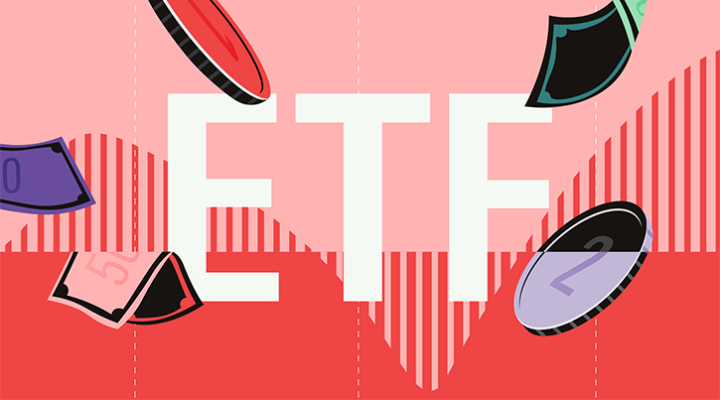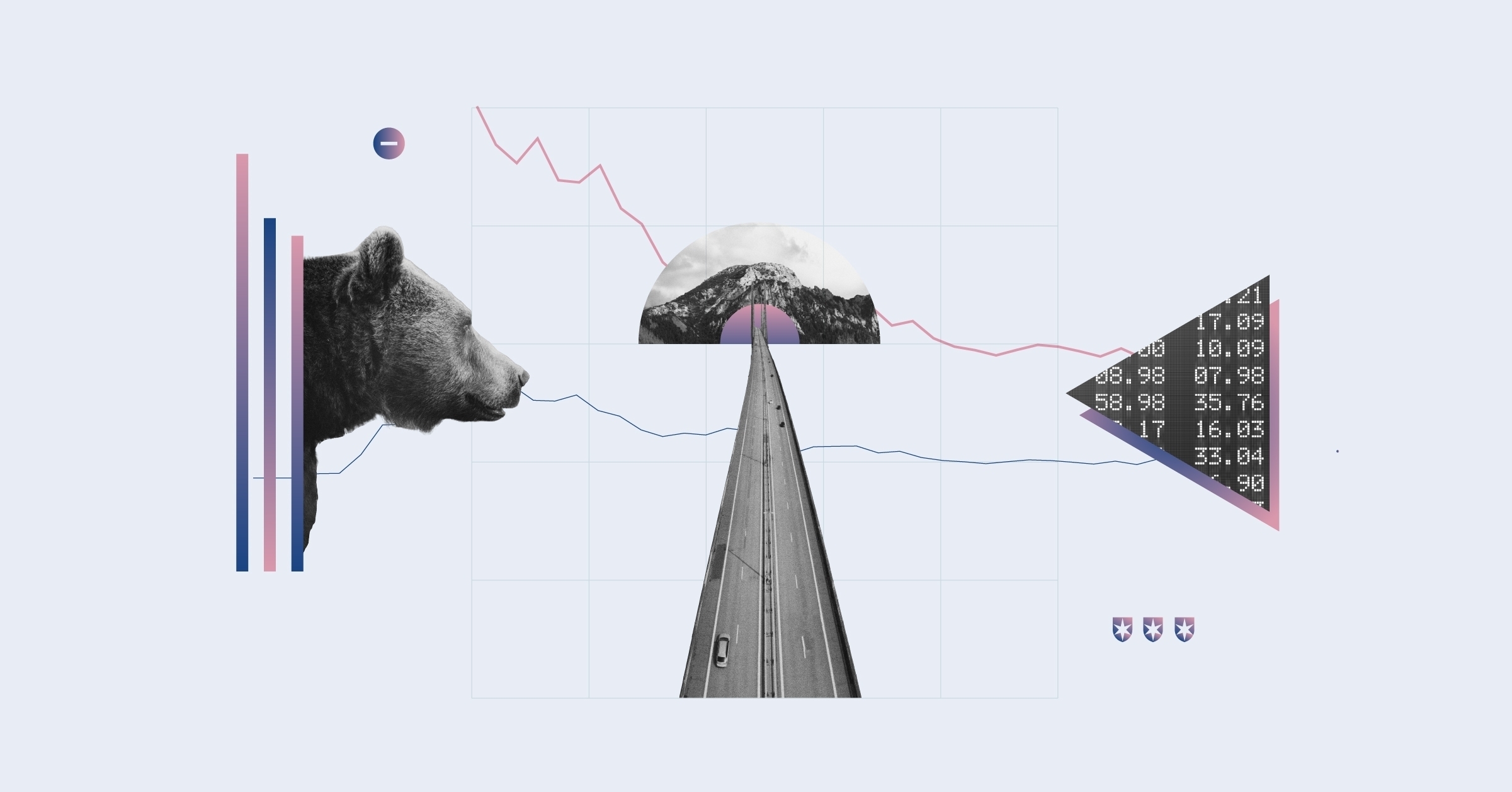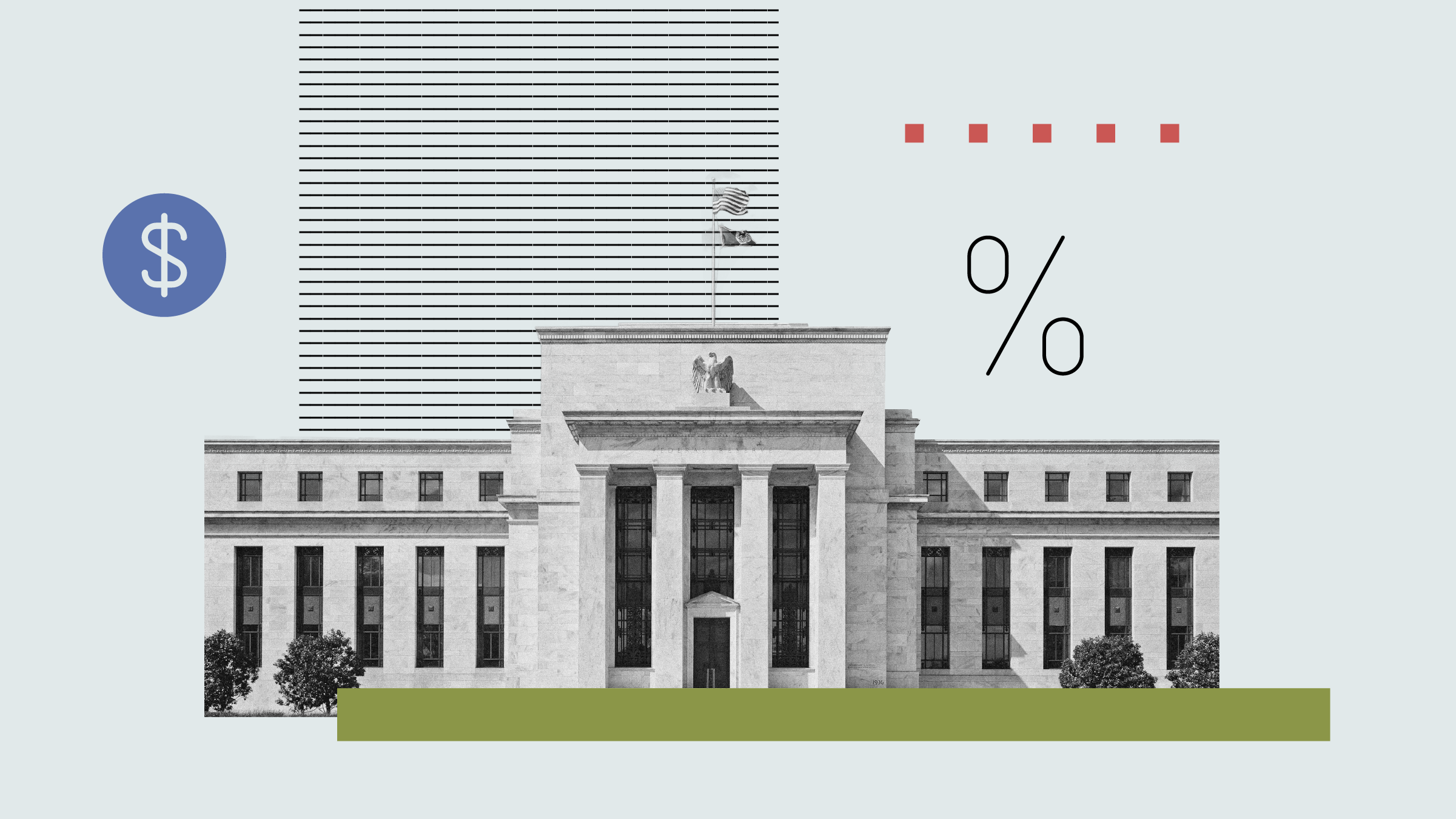New Listings
Amundi listed 15 ETFs on the Borsa Italiana. Six of the ETFs track equity indices, including the domestic FTSE/MIB index, the S&P 500, and the NASDAQ 100. Each of these funds has the lowest total expense ratio (TER) amongst the ETFs tracking these indices in Italy (their TERs are 0.18%, 0.15%, and 0.23%, respectively). The three remaining newly-listed ETFs tracking equity indices are the MSCI World, MSCI Japan and MSCI Germany ETF. These funds sport TERs of 0.38%, 0.45% and 0.25%, respectively. Amundi also listed eight fixed income ETFs that track a number of broad EuroMTS Eurozone Government indices spanning different maturity ranges from three months to 15 years, as well as an ex-AAA index. Finally, Amundi also launched an EONIA Euro MTS money market ETF.
Lyxor listed two ETFs on the Borsa Italiana. The funds track the Canadian and Australian equity markets, following the S&P TSX 60 and the S&P ASX 200, respectively. Both indices are broad-based, with the TSX 60 representing about 73% of the Canadian market, and the ASX 200 about 80% of the Australian market. Both indices also show a large concentration in the financial services sector, which has a 34% weighting in the TSX 60 and more than 40% in the ASX 200. Each ETF has a TER of 0.45%.
iShares launched a high-yield corporate bond ETF on the London Stock Exchange (the tickers are IHYG for the euro-denominated shares and SHYG for the pound sterling-denominated listing). The fund tracks the performance of the Markit iBoxx Euro Liquid High Yield index using physical replication methods. The ETF offers exposure to Euro-denominated corporate bonds with sub-investment grade credit ratings. To be selected for inclusion in the index, bonds must have a minimum of EUR 250 million outstanding, and a maturity of between 2 and 10.5 years. Maximum exposure to any one issuer is 5%. As of this writing, almost two-thirds of the index’s constituents are rated BB, with an average yield to maturity of 6.90% and a modified duration of 2.93 years. The fund’s TER is 0.50%.
ComStage launched two ETFs on NYSE Euronext Lisbon. One of the new funds tracks the performance of the domestic PSI 20, which includes the 20 largest companies listed on the exchange, and the second tracks a leveraged version of the same benchmark.
HSBC launched an Asian equity ETF on the London Stock Exchange (ticker: HMXD). The fund tracks the performance of the MSCI Pacific ex-Japan index using physical replication. It offers exposure to the performance of developed markets on the Asian Pacific Rim, including Australia, Hong Kong, New Zealand and Singapore. The ETF has a TER of 0.40%, and the bank plans to cross-list the product on additional European exchanges in the coming months.
Credit Suisse (CS) launched 13 ETFs on the Deutsche Börse Xetra offering exposure to an array of emerging markets. Of the 13 ETFs, two offer unique new exposures previously unavailable on the German exchange. The CSI 300 index tracks the performance of 300 of the largest and most liquid Chinese A-shares, which are traded on the Shanghai and Shenzhen exchanges in renminbi and have limited availability to foreign investors. The fund has a TER of 0.50%. The other new ETF tracks the performance of the MSCI Chile index. The index represents about 85% of the total market capitalisation of Chilean publicly-traded companies. Other MSCI indices tracked by the new CS ETFs include country indices like Australia, Brazil, China, India, Mexico, Russia, South Africa, South Korea, Taiwan, as well as regional indices like EM EMEA, EM Latin America, and EM Asia. The ETFs tracking these indices all have TERs of 0.65%, with the exceptions of Australia (0.50%) and India (0.75%).
DB ETC launched two precious metal ETCs on the Deutsche Borse. db Physical Gold ETC has a TER of 0.29% and the db Physical Silver ETC has a TER of 0.45%. The two funds are physically backed by their respective metal, and currency-hedged versions are available.
Best and Worst Performers for the Week of September 6 - 10
Most of the top performing ETFs during the prior week were concentrated in the agricultural commodity space. Sugar prices rebounded thanks to a combination of surging demand from emerging markets such as China and supply issues amongst some of the top producers, namely Brazil and Indonesia. Wheat was another agricultural product whose price rose due to supply constraints. Russia, the world's third-largest wheat producer in 2009, extended its ban on wheat exports into 2011 as it deals with one of the worst droughts in its history.
Like last week, a market-volatility-linked ETF was one of the worst performers. Greek equities also had a long week as concerns over the country's fiscal situation re-surfaced. Also, the euro lost ground against a trio of currencies which tend to be positively correlated with commodities prices--the Australian, Canadian, and New Zealand dollars.

























